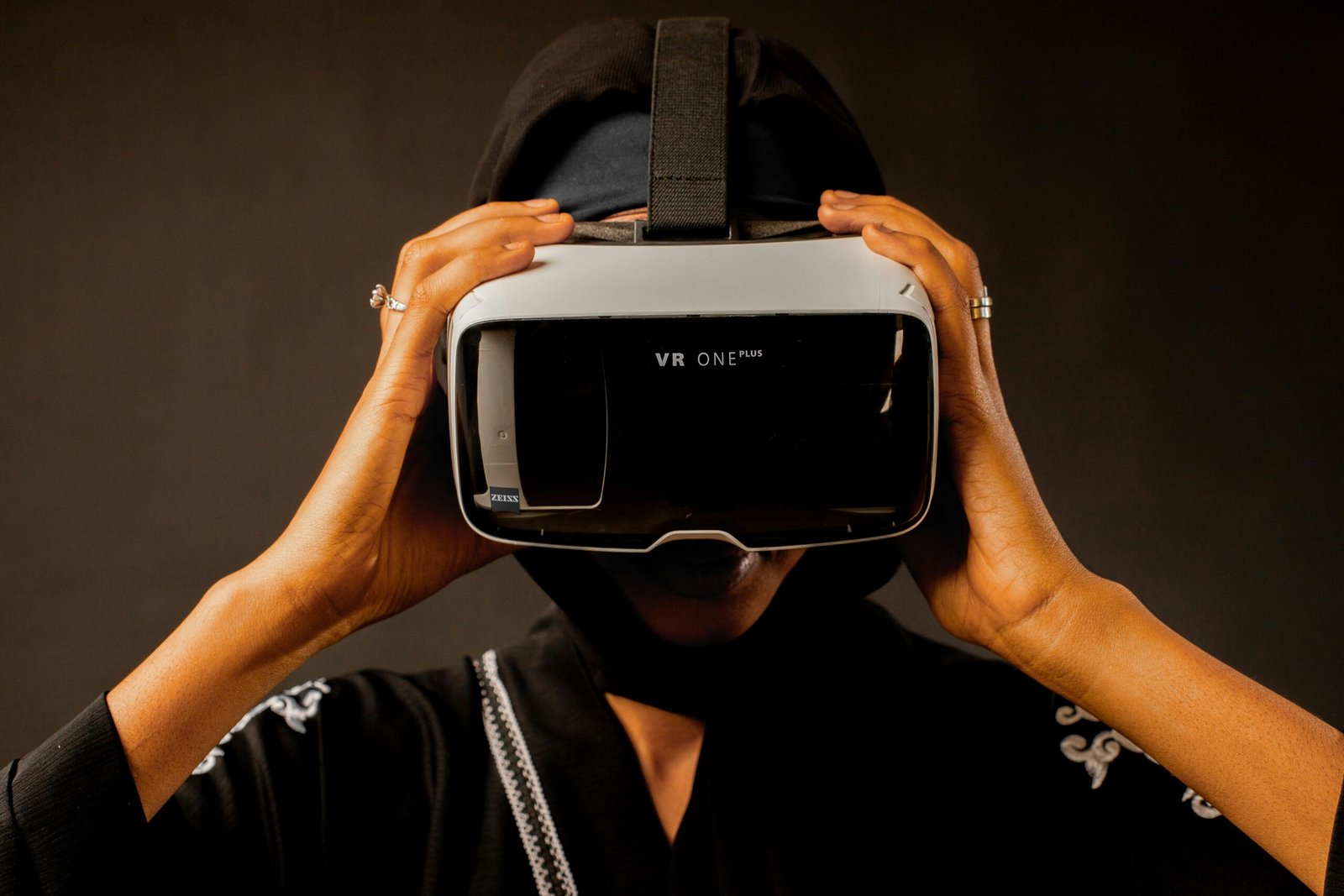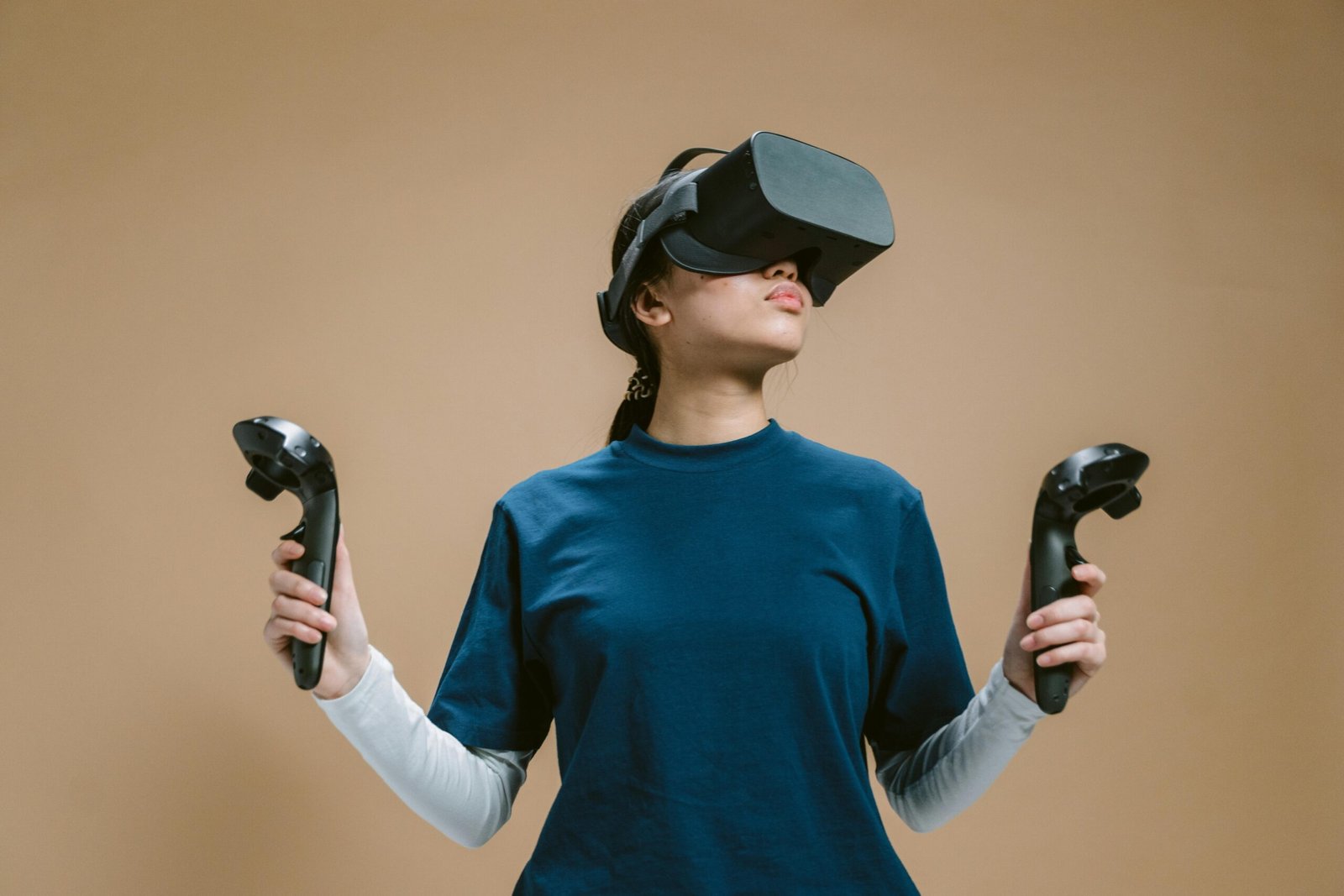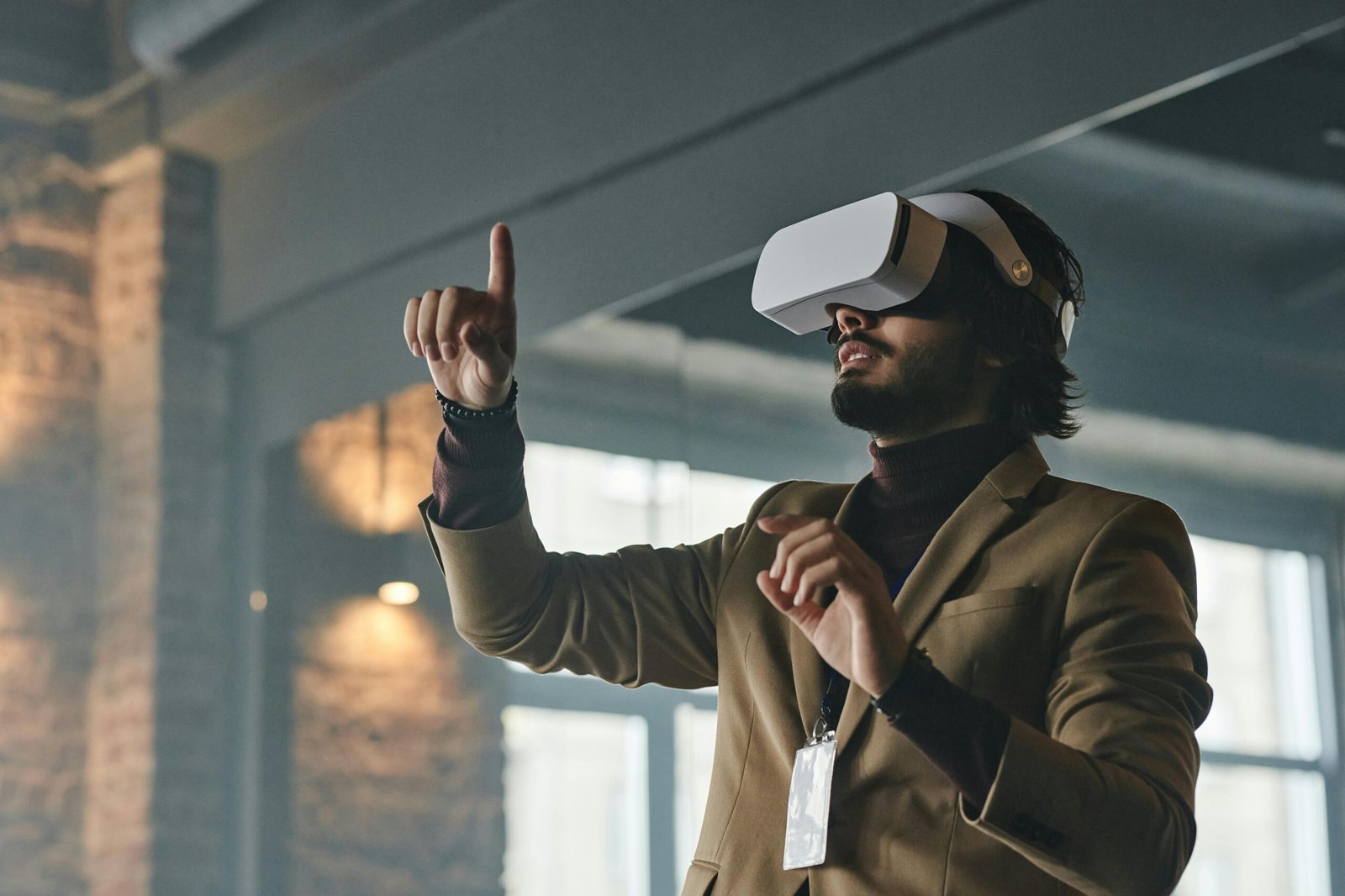How Virtual Reality is Revolutionizing Movie-Watching Experiences Introduction Picture this: you're not just watching a…
The Power of 360-Degree Videos in Virtual Tours and Experiences
Introduction
In recent years, virtual tours and experiences have revolutionized how businesses engage with customers. Gone are the days when people had to rely on static images or basic video tours. With the advancement of technology, 360-degree videos have emerged as a game-changing tool for creating immersive, interactive virtual experiences. Whether it’s for real estate, tourism, education, or retail, 360-degree videos are shaping the future of virtual tours. In this article, we’ll explore how these videos work, their impact on virtual experiences, and why they are so powerful for businesses.
What Are 360-Degree Videos?
360-degree videos are an innovative form of video content that allow viewers to explore an environment in every direction, providing a fully immersive experience. Unlike traditional videos, where the viewer is fixed to a single perspective, 360-degree videos let users control the viewpoint—whether they’re looking left, right, up, or down. This makes the viewer feel like they are actually inside the scene, rather than just observing it from the outside.
The technology behind these videos involves specialized cameras equipped with multiple lenses, which capture all angles of a scene simultaneously. The result is a video that can be explored from any viewpoint, offering a complete, panoramic view of the surroundings.
The Role of 360-Degree Videos in Virtual Tours
Virtual tours have long been used to showcase properties, museums, attractions, and more. However, traditional virtual tours often relied on a series of still images or simple video walkthroughs, limiting the viewer’s experience. With the introduction of 360-degree videos, virtual tours have taken a giant leap forward.
The key advantage of 360-degree videos in virtual tours is the sense of immersion they provide. Rather than watching a flat, conventional video, viewers can explore the space as if they were physically there. Whether it’s a virtual walk through a museum or a guided tour of a luxury home, 360-degree videos elevate the experience by giving users the freedom to interact and explore in real time.
Why 360-Degree Videos Are Game Changers for Virtual Experiences
So, why are 360-degree videos such a big deal? The answer lies in the interactivity and immersion they offer. Here’s how they transform virtual experiences:
- Making the Viewer Feel Present: With 360-degree videos, the viewer isn’t just observing—they are part of the environment. This “presence” is critical for creating impactful virtual experiences that are far more engaging than traditional video formats.
- Interactivity and Control: The ability to choose what direction to look in real-time gives users control over the experience. This level of interactivity ensures that every viewer’s experience is unique and tailored to their interests.
Applications of 360-Degree Videos in Virtual Tours

360-degree videos have a wide range of applications, particularly in industries that rely on virtual tours to engage customers or provide educational experiences.
- Real Estate Industry: Real estate agents can use 360-degree videos to give potential buyers an in-depth look at properties, allowing them to virtually walk through homes and apartments. This saves time and enhances the buyer’s decision-making process.
- Tourism and Travel: Travel agencies and tour operators can use 360-degree videos to showcase destinations, hotels, and attractions. Virtual tours of exotic locations or landmarks can entice travelers before they make a booking.
- Education and Museums: Museums and educational institutions use 360-degree videos to create immersive exhibits or virtual field trips, allowing students to explore historical sites, art galleries, or even distant planets.
- Retail and Product Showcases: Retailers can offer virtual tours of their stores or showcase products from every angle, enhancing the shopping experience for online consumers. This can lead to higher conversion rates as customers feel more confident in their purchases.
Benefits of Using 360-Degree Videos for Virtual Tours
360-degree videos offer several benefits for businesses looking to create impactful virtual tours:
- Increased Engagement and Time Spent: Because of the immersive nature of 360-degree videos, users tend to spend more time exploring the content. This increased engagement can lead to higher conversion rates for real estate agents, travel companies, and e-commerce businesses.
- Enhanced User Experience: The interactive nature of 360-degree videos leads to a better user experience overall. Viewers have control over what they see, which makes them more likely to return for future virtual tours.
- Cost-Effectiveness: In comparison to traditional video production, 360-degree videos can be more cost-effective in certain industries. Businesses can capture a wide range of views in a single video, saving on production costs while still providing high-quality content.
Creating High-Quality 360-Degree Videos
Creating professional-quality 360-degree videos requires specialized equipment and skills. Here’s what you’ll need to get started:
- Equipment: 360-degree cameras are the foundation of any 360-degree video production. These cameras can range from consumer-grade models to professional setups, with higher-end models offering superior image quality and stitching capabilities.
- Editing and Post-Production: Post-production plays a crucial role in refining the final video. Editing 360-degree footage requires specialized software to stitch together the various video angles and ensure smooth transitions.
- Video Quality: Ensuring high video quality is critical to creating an immersive experience. This involves adjusting lighting, framing, and stabilizing footage to create a seamless viewing experience for users.
Challenges in Producing 360-Degree Videos
While 360-degree videos are an exciting tool for virtual tours, there are several challenges involved in producing them:
- Technical Difficulties: Shooting 360-degree videos requires a solid understanding of camera settings, angles, and lighting. Improper setup can result in poor-quality videos that may detract from the viewer’s experience.
- Budget Considerations: High-quality 360-degree cameras and editing software can be expensive, especially for small businesses. However, there are also affordable options available that still provide a good level of quality.
How to Integrate 360-Degree Videos into Your Virtual Tour Strategy

Integrating 360-degree videos into your virtual tour strategy requires careful planning. Here are a few steps to get started:
- Choose the Right Platform: Not all platforms are designed to showcase 360-degree videos. Make sure you choose a platform that supports this technology, such as YouTube or a dedicated virtual tour service.
- Promote Effectively: Once your video is ready, make sure to promote it through social media, email marketing, and your website. The more exposure it gets, the more likely it is to engage potential customers.
SEO Optimization for 360-Degree Virtual Tour Content
To maximize the reach of your 360-degree videos, SEO optimization is essential. Here are a few best practices to follow:
- Keyword Optimization: Include the focus keyword—360-degree videos for virtual tours—in the SEO title, meta description, URL, and throughout the content to ensure better visibility in search results.
- Engaging Titles: Use attention-grabbing titles that include your focus keyword and add power words for better CTR (Click-Through Rate). For example, “Discover the Magic of 360-Degree Videos: The Ultimate Virtual Tour Experience.”
- Optimize for Mobile: Since many users view videos on their mobile devices, ensure that your 360-degree videos are optimized for mobile viewing, which can enhance user experience and increase dwell time.
The Future of 360-Degree Videos in Virtual Tours
Looking ahead, the potential for 360-degree videos in virtual tours is immense. As virtual reality (VR) technology becomes more accessible, we can expect to see even more advanced and immersive experiences. Businesses that adopt this technology early on will have a competitive advantage in delivering cutting-edge virtual tours.
Conclusion
360-degree videos have undoubtedly transformed the world of virtual tours and experiences. From real estate to education, these immersive videos allow businesses to engage users in new and exciting ways. As technology continues to evolve, we can expect 360-degree videos to play an even more significant role in shaping the future of virtual experiences. By incorporating this powerful tool into your strategy, you’ll not only enhance the user experience but also stay ahead of the curve in an increasingly digital world.
FAQs
- What equipment do I need to create 360-degree videos?
- To create 360-degree videos, you’ll need a 360-degree camera, editing software, and a stable platform for stitching the footage together.
- Are 360-degree videos compatible with VR headsets?
- Yes, 360-degree videos are perfect for VR headsets, offering an even more immersive experience when viewed in virtual reality.
- How can 360-degree videos improve customer engagement?
- The interactivity and immersion of 360-degree videos make them more engaging than traditional videos, leading to longer viewing times and higher conversion rates.
- What are the costs involved in producing 360-degree videos?
- Costs can vary depending on equipment, software, and production needs. While professional setups can be expensive, there are also affordable options for businesses on a budget.
- Will 360-degree videos become mainstream for all industries?
- As VR and immersive technologies grow, it’s likely that 360-degree videos will become mainstream across various industries, offering unique ways to engage customers.




